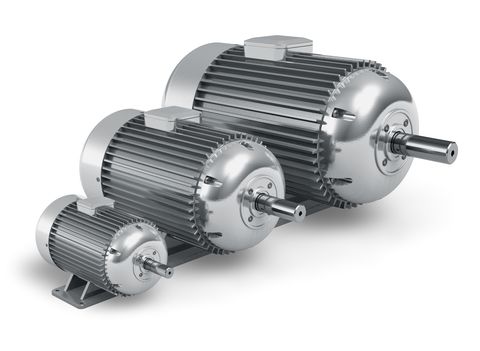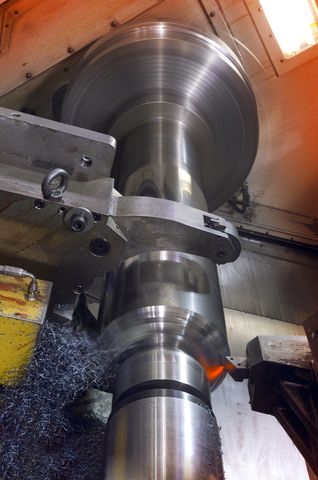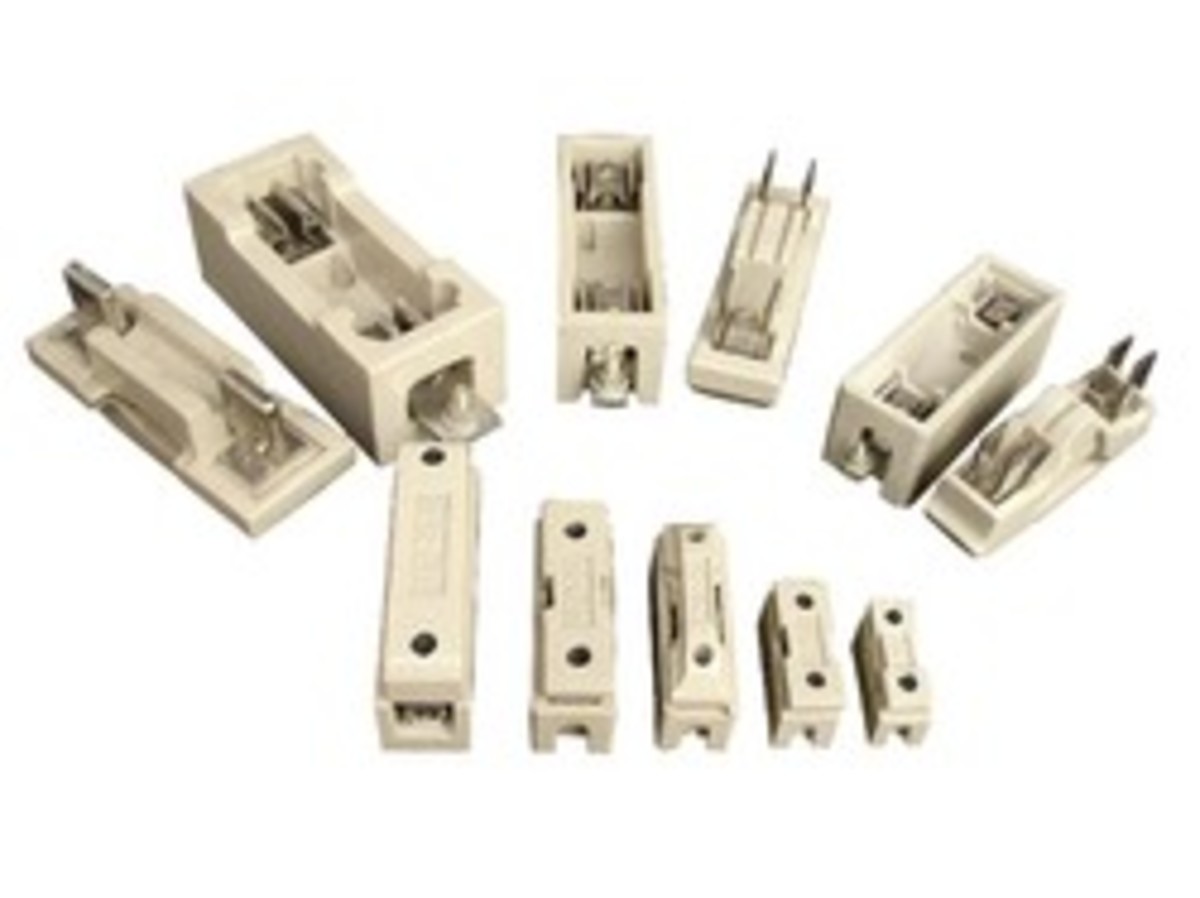Industrial Gearbox Maintenance And Repairs

An Industrial Gearbox Maintenance Guide
To prolong the operating life of industrial gearboxes, regular inspections and maintenance are essential. On the other hand, inspections cause undesirable downtime and breaks in shift work or production lines. This article offers several useful tips on minimising this downtime whilst ensuring your industrial gearboxes last as long as possible.
1. Inspection Records
Using company-wide forms is an extremely important part of gearbox maintenance and inspection. Only qualified staff should inspect the gearboxes, noting down the results of each inspection on standard forms. This regular record keeping allows staff to recognise patterns and predict when and where maintenance is required.
2. Good Housekeeping
Often gearboxes are operated in dirty, dusty environments and, whilst this is usually unavoidable, it is important to minimise the effects the workplace environment has on machinery. Industrial gearboxes should be regularly dusted and brushed clean of debris, operators must take care not to drop anything onto rotating parts and all inspection ports should be closed during operation.
3. Gear Teeth
Visually checking the gear teeth is another important part of gearbox maintenance. By inspecting the gear tooth contact patterns, one can decipher whether there is any gear mesh misalignment. Keeping records of the gear teeth patterns allows staff to detect when misalignment has occurred and take action before it causes damage.
4. Shaft Seals
Oil leaks can be detected at the shaft seals. Leaks indicate that seals are broken and allowing an ingression of water, dust and debris. Seals must also be regularly checked and maintained to prevent damage to the gearbox.
5. The Breather
Again, water and dust should not be permitted to ingress into the breather as this can cause permanent damage to the gearbox. The breather should be situated in a clean area of the factory, away from dust and water. Take particular care during washing of the gearbox to ensure water does not enter the breather.
6. Overheating
Overheating of a gearbox can be seriously detrimental to its operating lifespan. Fortunately there are a number of checks that can ensure action is taken before this occurs.
Temperatures must be recorded from the gearbox and thermocouples on a shift by shift basis, oxidisation should be checked for in the oil drum and heat degradation and the oil sump temperature should be measured. If an estimation is required, spray the gearbox with water to gauge temperature. Do not touch the gearbox with your hand!
7. Lubricant
Finally, lubricant should be added to the reservoir regularly to ensure the smooth operation and meshing of gearbox gears. Moreover, lubricant properties should be regularly tested to ensure it is maintained at the highest standard.
Following these points can actually make years of difference in the lifespan of your gearboxes without impacting upon the working shift too greatly. It is also very important to follow the manufacturer’s instructions for your individual gearboxes to maximise its working life.
Preventing Overheating

Preventing Overheating In An Industrial Gearbox
Overheating can pose a serious problem to industrial gearboxes and their lifespans. Hence, detecting and preventing it is an essential part of gearbox operation. This article offers an introduction to gearbox overheating detection and prevention.
Firstly, detecting the onset of overheating is a simple but crucial task. Signs of overheating include, but are not limited to:
- Smoke being emitted from the gearbox shaft, seals and breathers
- Plastic components melt and disfigure
- Paint burns and becomes discoloured
- Oil levels become extremely low
- Water, when sprayed onto the gearbox, quickly evaporates or crackles
- Signs of gear bearing failure are noticed
As is often the case, prevention is more desirable than a cure. As such, the following steps should be taken to minimise the chance of industrial gearbox overheating.
Firstly, the bearings are typically the source of overheating in industrial gearboxes and hence must be lubricated adequately. The bearings run at very high speeds and the friction generated can cause excessive amounts of heat. Lubricant should be applied regularly and under pressure to minimise this.
In addition, allowance for effective heat transfer must also be made. Ensure ventilation grills are dust free and ensure nothing is place over or onto the gearbox.
Overheating is not always preventable and hence regular inspections for overheating must be carried out. Whilst manual visual inspections will often detect overheating, closer analysis may be necessary to detect hidden problems.
Oil sump temperatures should be regularly measured and recorded along with oil temperatures at the inlet and outlet. As mentioned, spraying the gearbox with a small amount of water will offer an estimation of whether there is overheating occurring.
Larger companies or those with a greater budget may wish to invest in an infrared thermometer or camera. Moreover, laboratory tests can be used to detect thermal degradation although onsite checks for oxidation will typically suffice.
Finally, the amount a gearbox is vibrating can indicate whether or not there is overheating occurring. Excessive sound or vibration can indicate gear meshes misaligning, a drop in lubricant levels or excessive friction within the gearbox.
To conclude, minimising the chance of overheating in your industrial gearbox is essential in prolonging its working lifespan. Whilst this is not always possible, regular inspection can ensure operations are stopped before the onset of overheating and damage is not caused by excessive heat.









